There is something in the soul of nature that traps us; for centuries, human beings have been linked to the environment in which they live. Architecture is a faithful reflection of this phenomenon and the human hand seeks to capture their reality in the constructions they create.
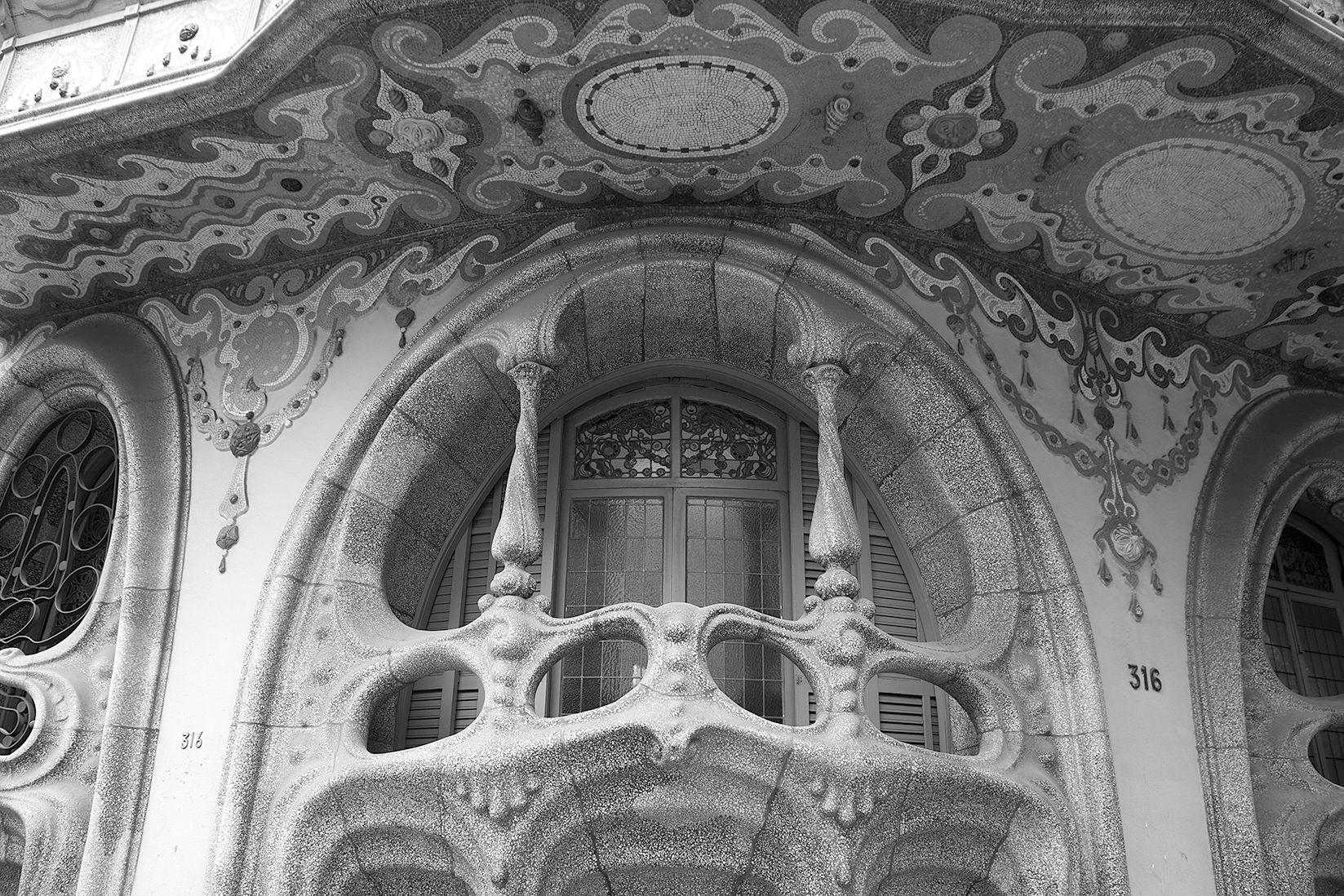
Modernism, a movement born in Catalonia (contemporary of Art Nouveau in Europe) and which attracts so many international looks of appreciation and respect, emerged precisely from this anthropological impulse. Catalan modernist artists sought to ornament the streets and buildings they designed, and left a special Mediterranean imprint that reflected the topography of Catalan landscapes.
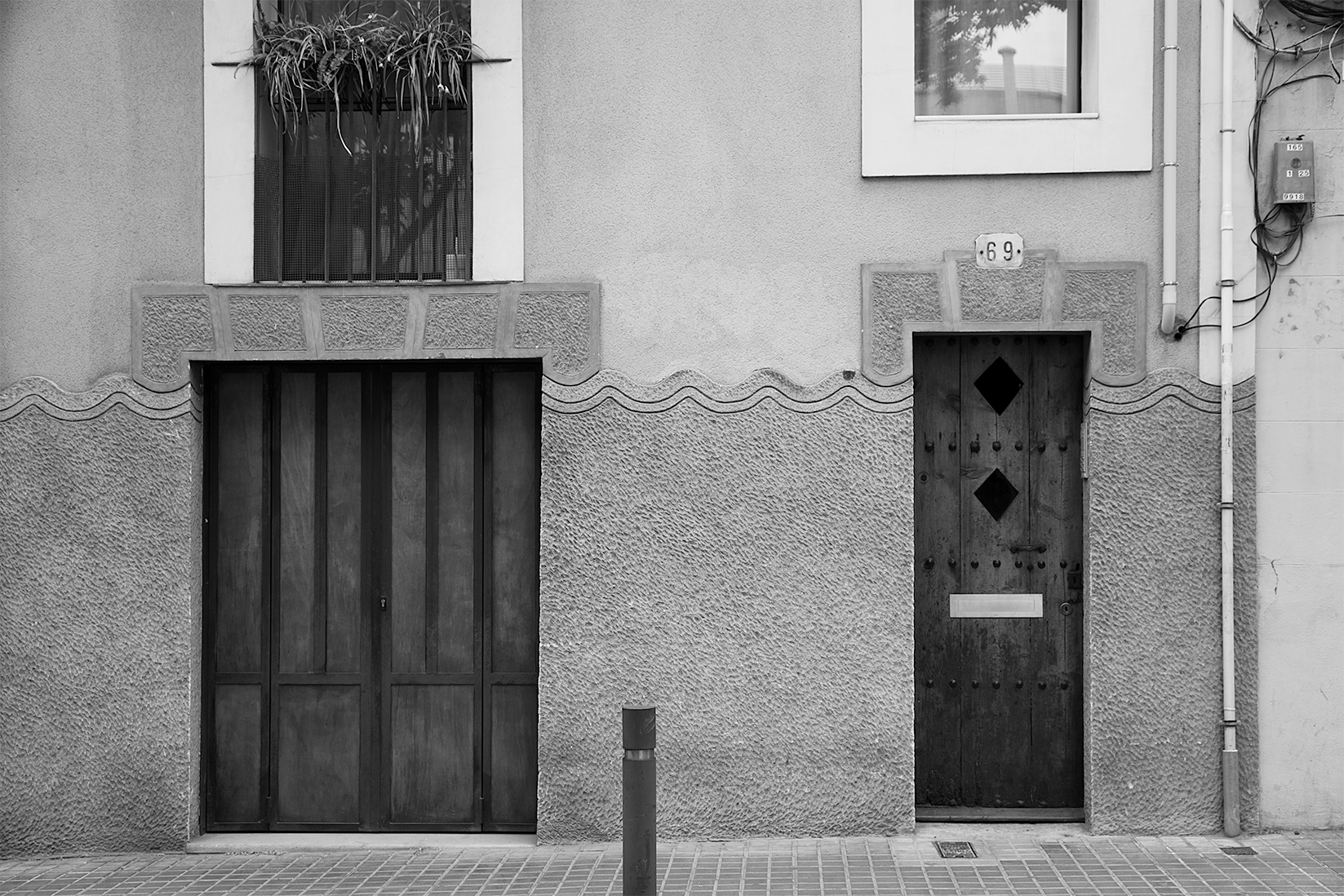
In this regard, the Ona coat rack is an updated look at this topography. A design that stems from the formal play between the undulation and the inclined plane that abounds in lobbies from the Eixample district in Barcelona.
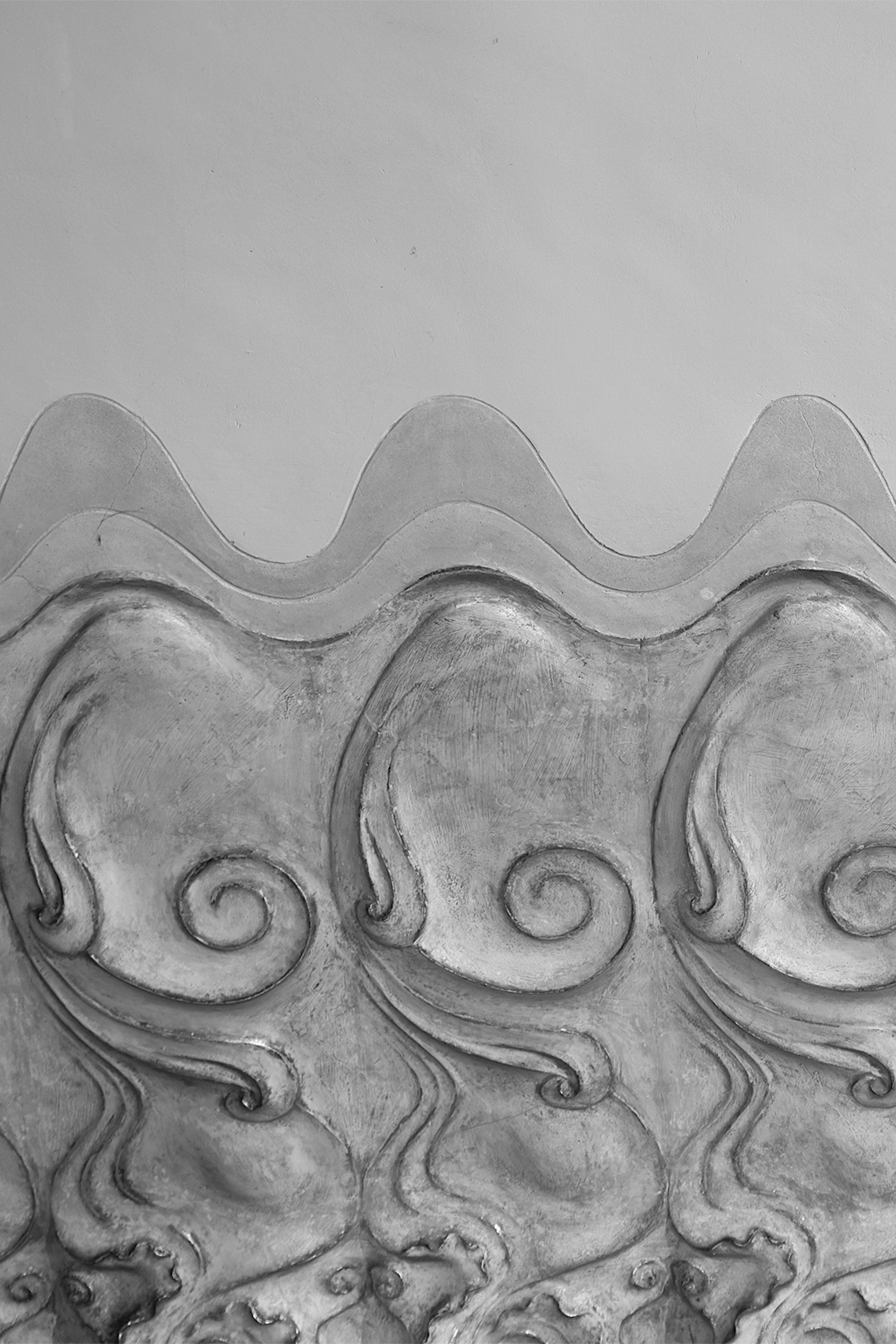
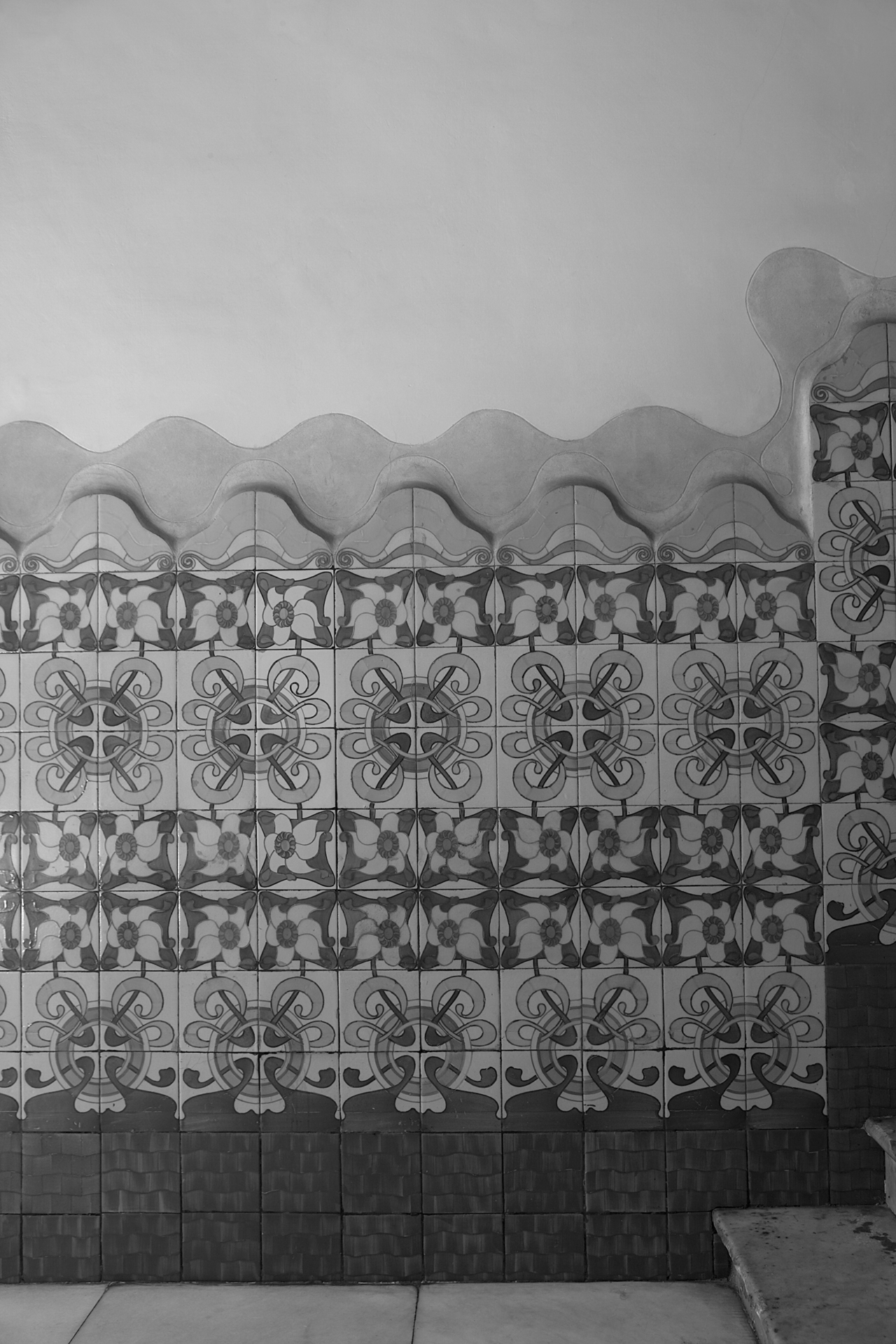
Ona, which means wave in Catalan, is a wall coat rack with a linear structure made of wood, designed in 1990 by Montse Padrós and Carles Riart for Casa Pedreño, in Vallvidrera, Barcelona.
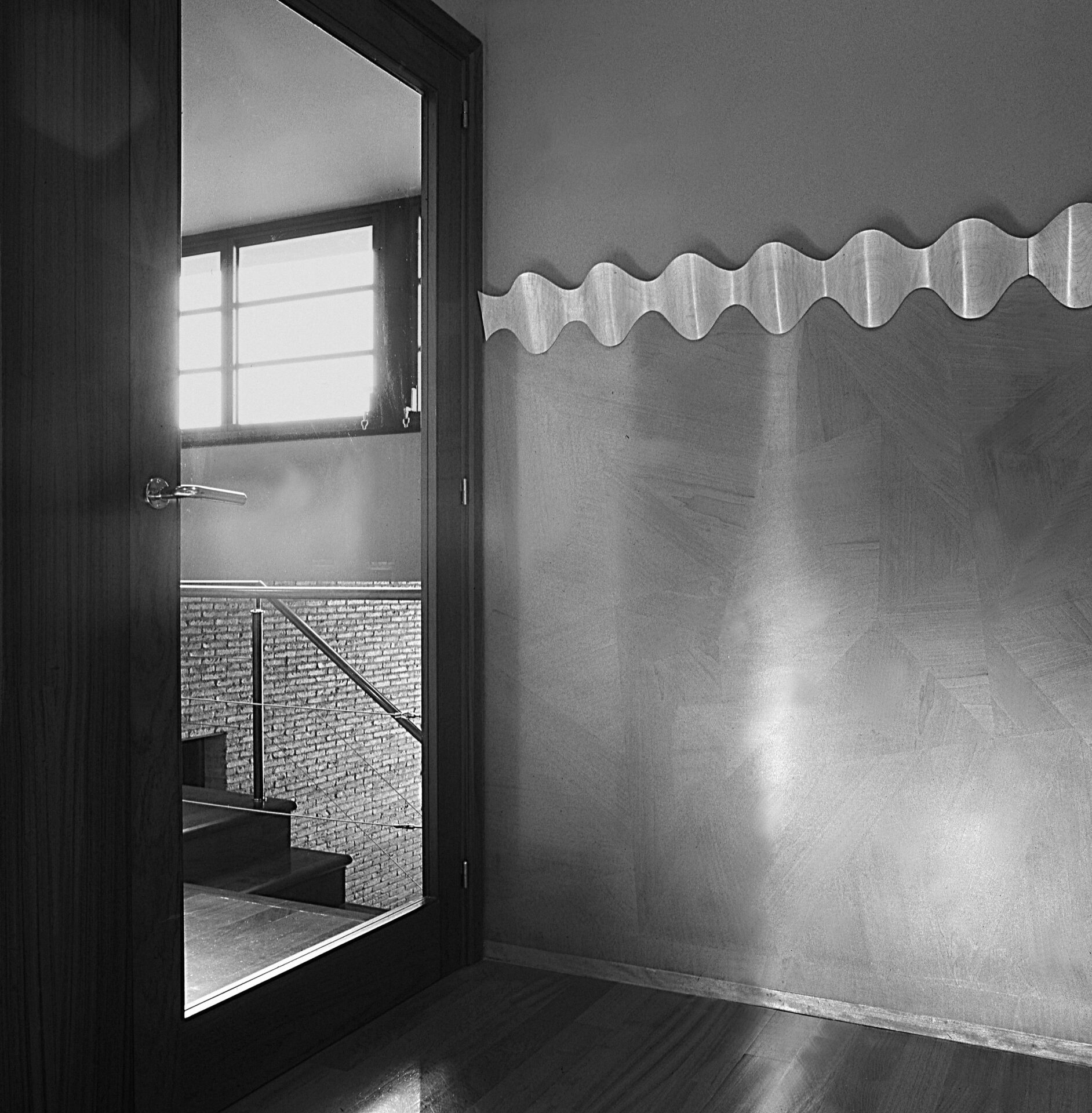
Casa Pedreño, Barcelona. Photo: Jordi Sarrà.
The ornamental, almost sculptural value, as well as the professional recognition of its designers made Mobles 114 look for a way to industrialize the production process of this timeless coat rack with the aim of reverberating its ancestral form in time. Ona has become one of the most emblematic pieces of Catalan and Spanish design. Internationally recognized, Ona has been awarded the Gold Delta from ADI-FAD 1992 and the Grand Prix de la Critique du Meuble Contemporain 1999, and is part of the permanent collection of the Museu del Disseny de Barcelona and the MoMA in New York.
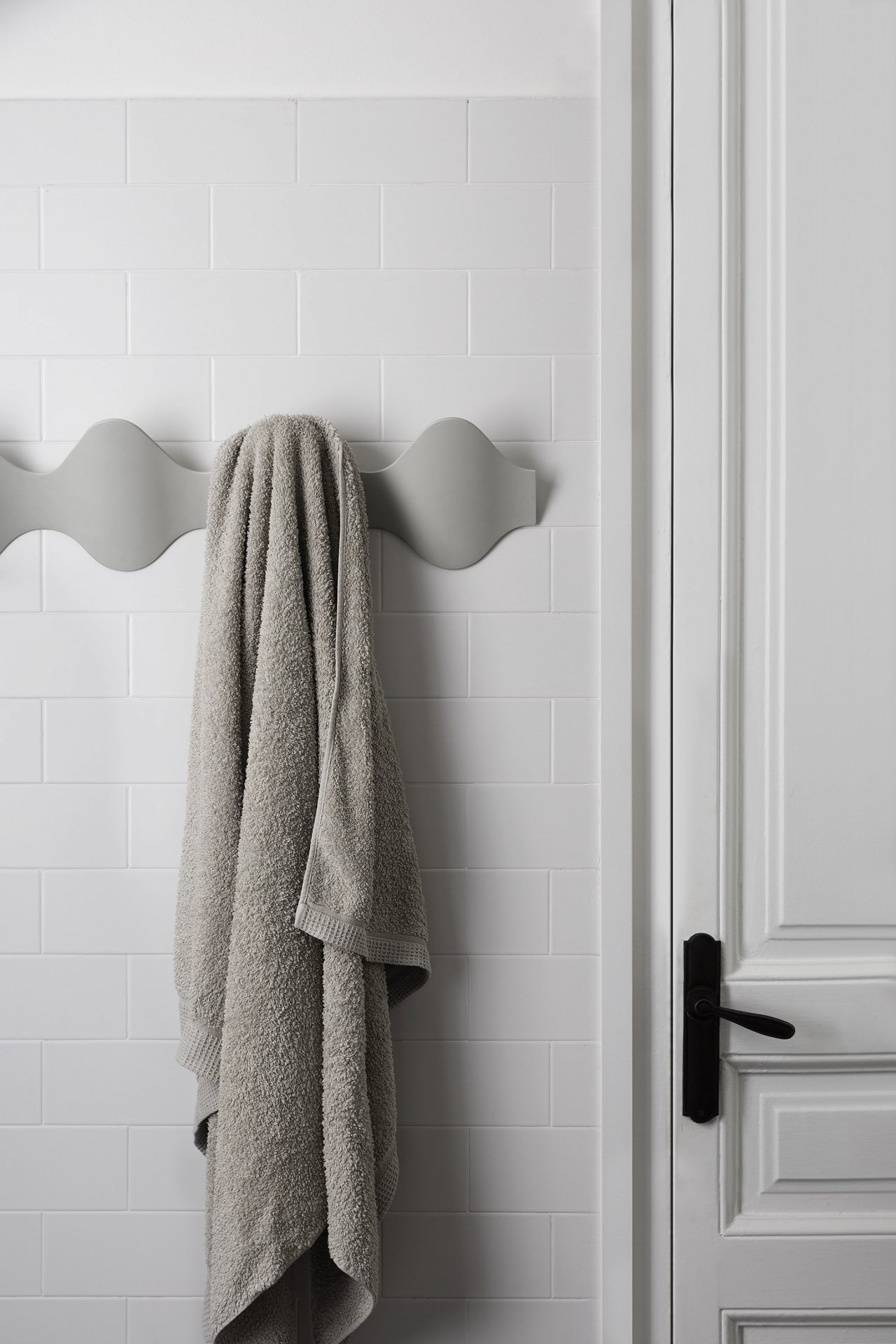
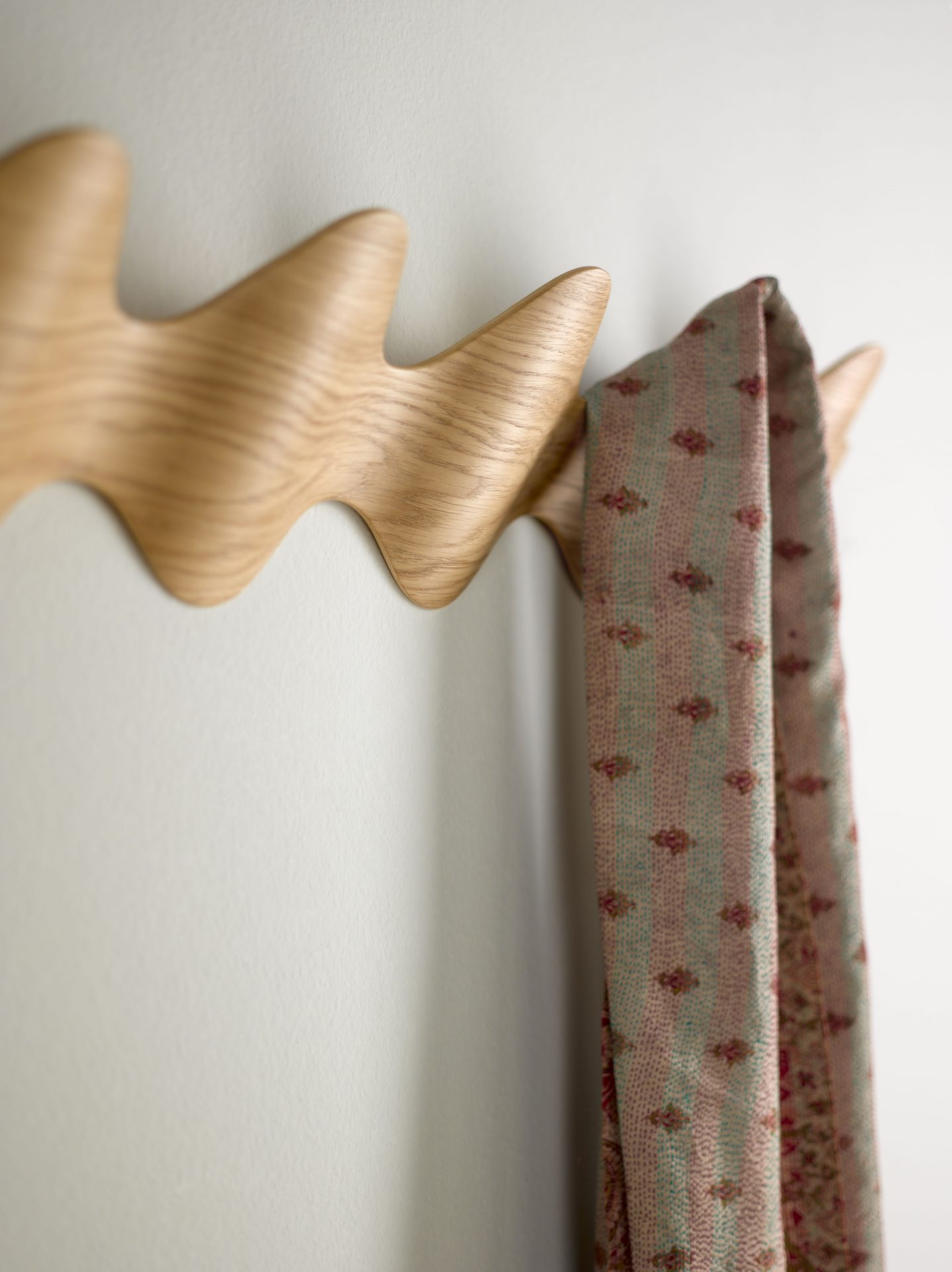
Photos: Meritxell Arjalaguer.